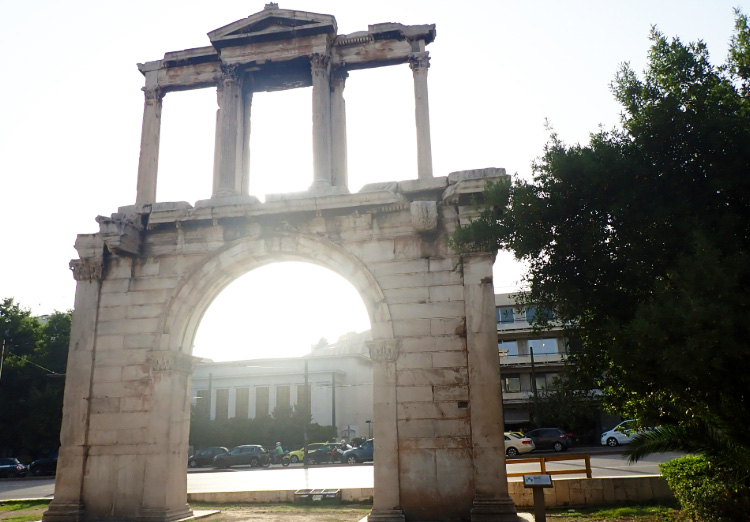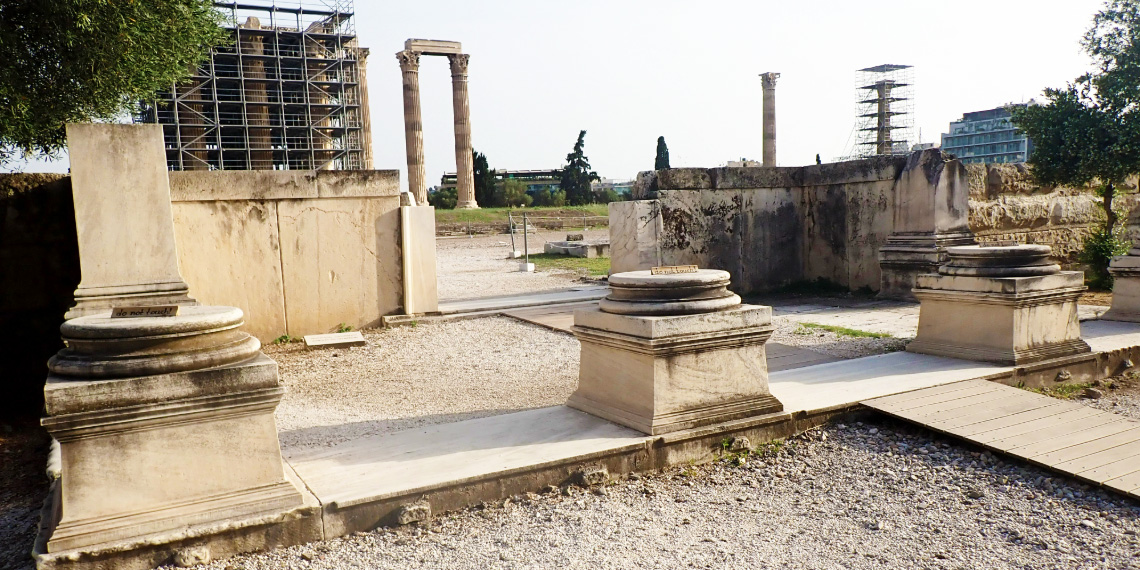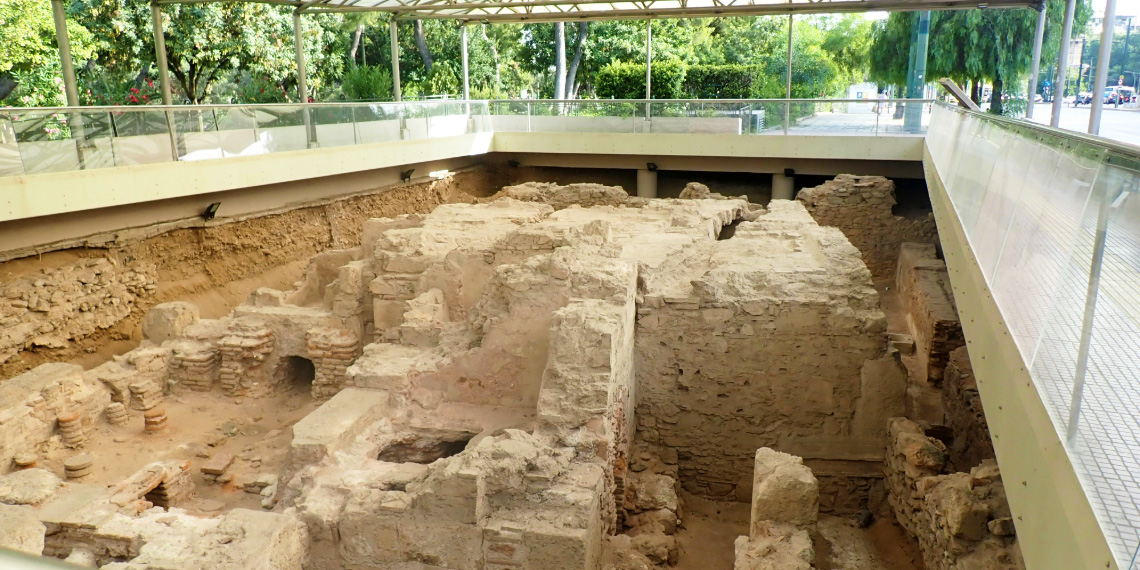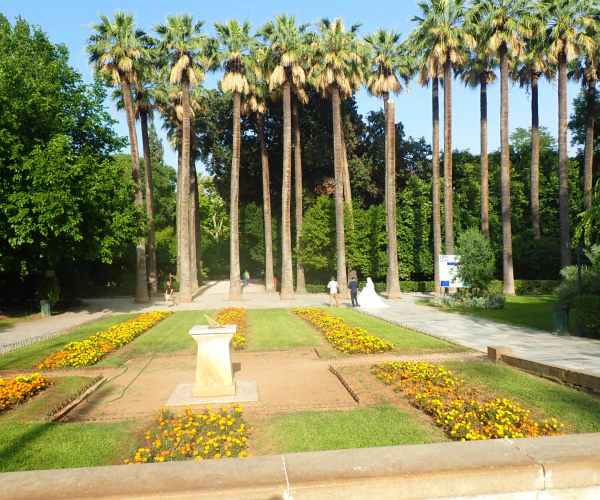Every Step a Story
Hadrian’s Arch, located in Athens, Greece, is a monumental gateway that resembles a Roman triumphal arch. It was constructed in 131 AD by Roman Emperor Hadrian, who was known for his extensive building projects across the Roman Empire. The arch was built to celebrate the arrival of Hadrian and to honor him for his contributions to the city.

The structure stands about 18 meters high and was made from Pentelic marble, similar to that used for the Parthenon. It features two inscriptions on either side of its façade. One side, facing the Acropolis, declares, “This is Athens, the ancient city of Theseus,” while the other side, facing the newer city section, states, “This is the city of Hadrian and not of Theseus.” This distinction underscores Hadrian’s efforts to position himself as a significant benefactor and builder, enhancing the city’s architecture and stature.
Step Into History: Every Path an Ancient Tale

Just a short walk from the arch are the ruins of the Temple of Olympian Zeus. This temple, once one of the largest in the ancient world, was dedicated to Zeus, the chief of the Greek gods. It took nearly 700 years to complete, with Hadrian finalizing its construction in the 2nd century AD. Today, the site includes towering Corinthian columns, some still standing against the skyline, while others lie fallen, scattered around the site. Scaffolding clings to parts of the structure, highlighting the ongoing work to stabilize and restore the temple, ensuring that it continues to tell the story of its glorious past amidst the bustling modern city.
Walk Back in Time: Uncover Hidden Legacies

Just a short walk from the arch, I passed by the fascinating archaeological site of a Roman bath. These baths were not merely places for bathing; they were centers of social interaction and relaxation, integral to Roman culture. The structure would have featured various rooms with different temperatures—the frigidarium (cold room), tepidarium (warm room), and caldarium (hot room)—mirroring the luxurious lifestyle that Romans were known for.
Unearth Wonders on Foot


After a day filled with exploring historical marvels under the scorching Athenian sun, my adventure ended in the tranquil refuge of the Athens National Garden. Originally commissioned in the 19th century by Queen Amalia, the garden was designed to bring a touch of royal elegance and botanical diversity to the heart of the city. As I wandered through this paradise, I found solace in its shaded walkways, cooled by the lush canopy above. The gentle rustle of leaves and the soft chirping of birds created a soothing soundtrack to my stroll.
On this particularly hot day, the warmth seemed unyielding, but I found a little trick to keep cool. I soaked my scarf in water and wrapped it around my neck, a simple yet effective way to beat the heat.
